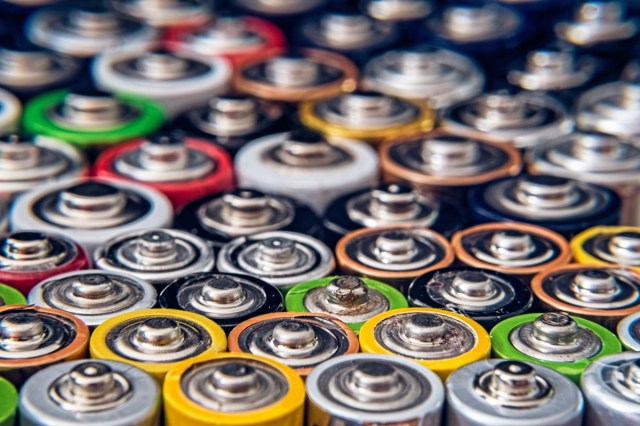Life is full of perplexing questions. Do fish get thirsty? Are eyebrows considered facial hair? What color is a mirror? The list goes on and on, and some of these queries are too difficult to answer definitively. But others have perfectly valid explanations, such as if you were to ask, “Why is there no ‘B’ battery?” We’ve all heard of AA and AAA batteries, and chances are there may be a few C or D’s in the junk drawer. But anyone who’s ever purchased batteries knows that B’s aren’t for sale, though they were a long time ago.
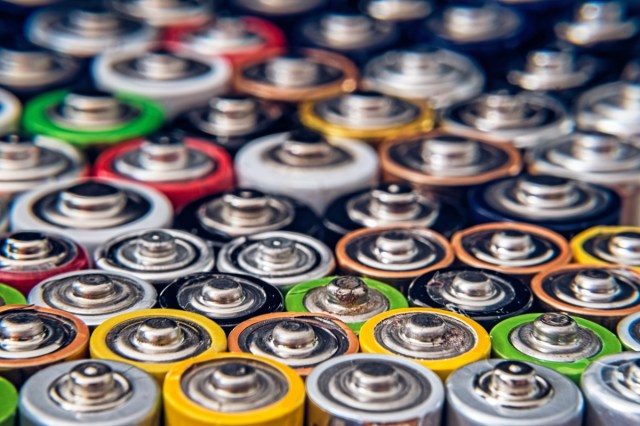
A History of Battery Nomenclature
The first true battery as we know it today was created by Alessandro Volta in 1800, and battery technology only became more complex from there. In 1888, dry batteries were introduced, which rely on paste instead of liquid electrolytes and are less prone to leaking than wet batteries. One of the earliest dry batteries was six inches tall and was referred to as the “No. 6.” This is arguably the first instance in history where a battery was referred to by its shorthand nomenclature instead of a complex scientific name.
In 1924, a committee was formed within the battery industry to develop a new system for naming the various sizes available on the market. The group settled on a simple lettering system ranging from “A” to “J,” depending on the size of each battery cell. “A” referred to cells with a ⅝-inch diameter, whereas “J” denoted batteries with a 1-¾-inch diameter. No. 6 batteries were also grandfathered in for 2-½-inch diameter battery cells. The list also included “B” batteries for the first time, measured ¾-inches in diameter and 2-⅛-inches-tall.
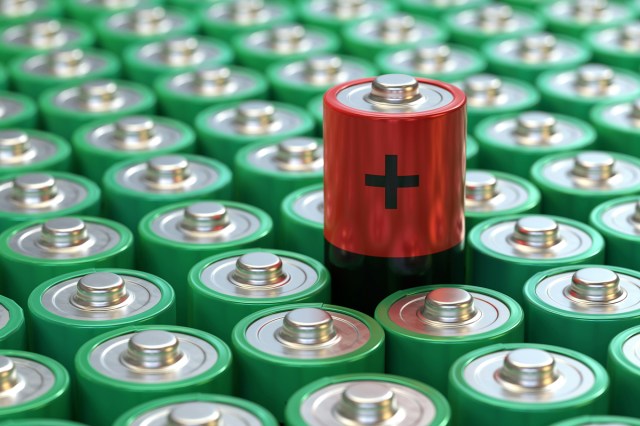
The B Battery
B batteries hit the market after the aforementioned list was officially published in 1927. The main use for B batteries was for powering radios in tandem with A batteries. Every radio tube at the time required different voltages that were provided by different battery cells. A batteries released electrons from the internal filament while B batteries provided a positive charge to help attract those electrons. However, it wasn’t long until new radios were manufactured that relied less on battery power and more on new transistors, eliminating the need for the voltage that A and B batteries provided. This caused a huge decrease in commercial demand, so B batteries were essentially rendered obsolete.
Now, if you own a vintage radio, you may wonder if buying B batteries is still possible today. The answer? Sort of. Some people sell vintage B batteries on eBay, and you may come across a small electronics store where the owner is selling a makeshift B battery replacement. In general, however, you won’t find any major retailer that sells B batteries given the fact there’s so little demand for a product with such limited use.
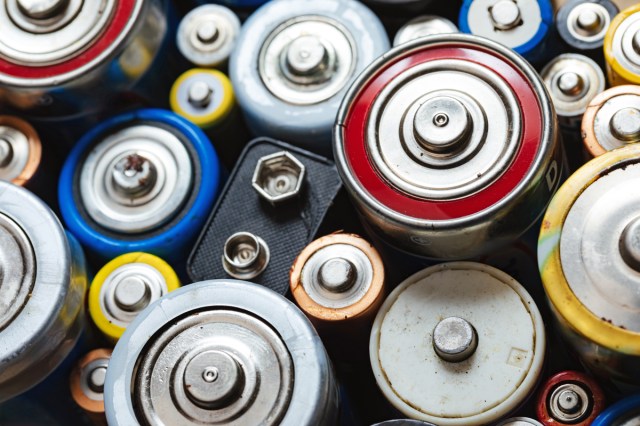
The Lasting Appeal of C and D Batteries
While A and B batteries — as well as larger sizes such as E, F, G, and J — saw a drastic decline in their commercial appeal, C and D batteries are still often used today. Upon their standardization in the 1920s, both sizes were relied upon to power large devices such as flashlights, cameras, and radios. Today, many of these gadgets still rely upon C and D batteries as their main power source, and so the market persists.
Reader Favorites
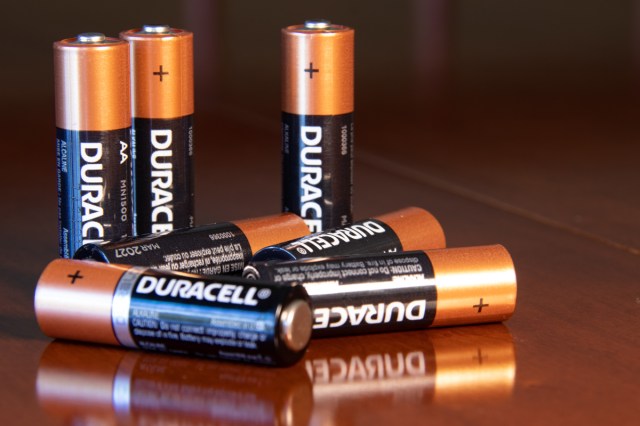
The Creation of AA and AAA Batteries
As technology advanced even further, manufacturers produced batteries that were even tinier than A batteries. One of these was the AA battery we know today, officially standardized in 1947. 12 years later, the AAA battery was also added to the list, with both of these sizes being among the most popular dry battery types still used today.
More From Our Network
Better Report is part of Inbox Studio, which publishes content that uplifts, informs, and inspires.
